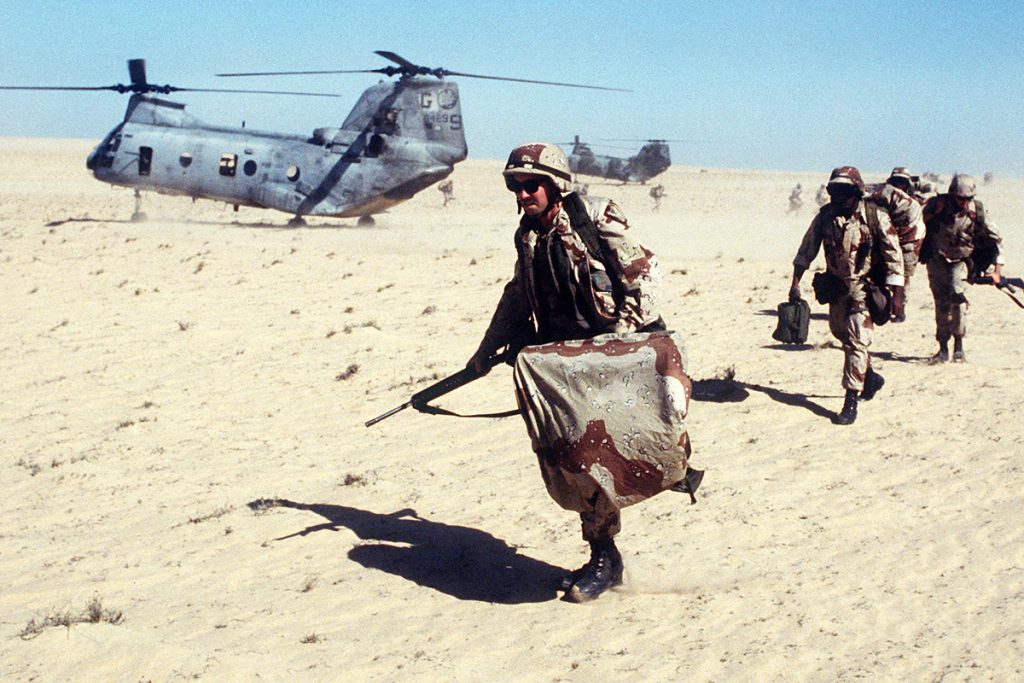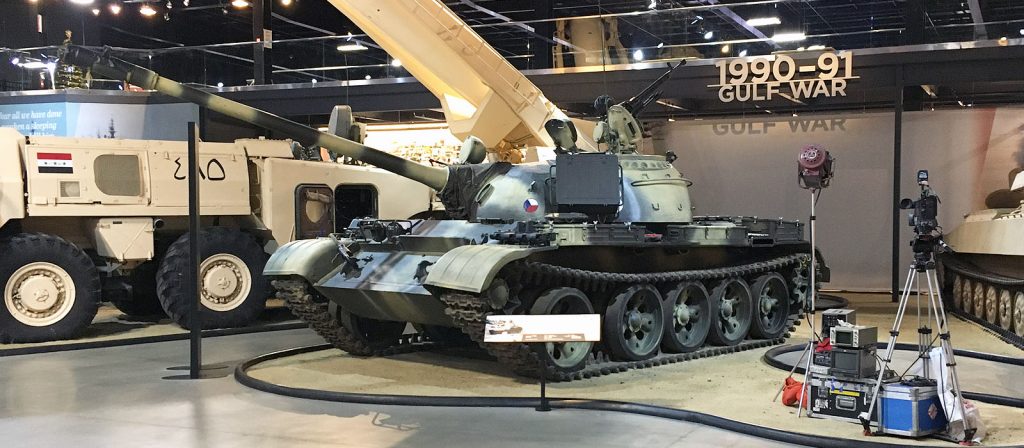
The Gulf War, that lasted from August 1990 to February 1991, was a war waged by coalition forces from 35 nations led by the United States against Iraq in response to Iraq’s invasion and annexation of Kuwait arising from disputes over oil and substantial debt. On January 16, 1991 (30 years ago!), President George H. W. Bush announced the start of what would be called Operation Desert Storm—a military operation to expel occupying Iraqi forces from Kuwait, which Iraq had invaded and annexed months earlier.
 While Desert Storm has been largely overshadowed by the later Iraq War and the crisis with ISIS and global terrorism, the impact and relevance remain. About 697,000 U.S. troops took part in the war; approximately 299 lost their lives. It is estimated that between 20,000 and 35,000 Iraqi soldiers died during the ground war. Civilian deaths resulting from the conflict are estimated at between 100,000 and 200,000.
While Desert Storm has been largely overshadowed by the later Iraq War and the crisis with ISIS and global terrorism, the impact and relevance remain. About 697,000 U.S. troops took part in the war; approximately 299 lost their lives. It is estimated that between 20,000 and 35,000 Iraqi soldiers died during the ground war. Civilian deaths resulting from the conflict are estimated at between 100,000 and 200,000.
January through February, the American Heritage Museum will highlight this dangerous and tumultuous time in American history through the Gulf War exhibit. This extraordinary display features some of the most rare and iconic tanks and missile that were featured repeatedly in news broadcasts as the war raged. This includes the American M551 Sheridan and M60 tanks, Iraq T-55 and Shilka tanks and the ominous and well-known SCUD missile. The colossal SCUD missile is the only one on public display in the United States. All set within an extraordinary backdrop of the bleak landscape of burning oil wells.

We hope that you can come see the Gulf War exhibit, learn more about this history and view the many other extraordinary displays that range from the Revolutionary War to current time.



